In 1716, exactly three hundred years ago, Bostonians were the first Americans to lay eyes upon an African lion. George Washington was yet to be born and the concept of our nation was still 60 years away.
According to the Boston News Letter, “All persons having the Curiosity of seeing the noble and Royal Beast the Lyon, never one before in America, may see him at the House of Capt. Arthur Savage near Mr. Colman’s Church, Boston.” Captain Savage regularly sailed between Boston and London, and on one of those trans-Atlantic returns he brought the first live lion to set foot in the Americas since the Pleistocene.
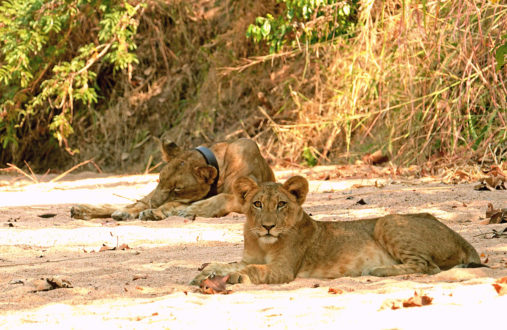
References to Captain Savage’s unusually large exotic house cat are few. One calls it the “Lyon of Barbary.” During the 1700s, wild lions still roamed North Africa’s Barbary Coast despite thousands having been captured and shipped to Europe during the heyday of the Roman Empire. Unfortunately, the last Barbary lion lived its final days in the Great Atlas Mountains during the early 20th Century.
Ancient lions once roamed multiple continents. The European cave lion is known from Pleistocene remains, paintings, etchings, ivory carvings, and clay figurines. Northeastward migration from Africa gave rise to the East Siberian lion which created an evolutionary path for the American lion when it crossed the Bering Land Bridge. Today, the only wild lions outside Sub-Saharan Africa are several hundred individuals in India’s Gir Forest.
Articles in the Boston press confirm that Captain Savage’s lion moved to the home of Mrs. Martha Adams of south Boston in 1720. After residing there for several years, it went on tour to the West Indies, and then returned to New England via Philadelphia and New York.
Anyone wishing to observe a lion in Boston today would visit the Franklin Park Zoo. A map at the zoo exhibit shows the current distribution of lions, indicating that the King of Beasts is in trouble. In fact, African lions have been extirpated — wiped out — in half of the more than 50 countries in which they originally occurred. Experts believe that the current wild population may number as few as 20,000 animals, representing a decline of more than 40 percent over the last few decades. While population estimates may vary, the serious downward trend is not in dispute.
Africa’s lions are disappearing for multiple reasons. Human expansion has significantly reduced their habitat and the availability of prey. As lions are forced into closer contact with people, lions kill cattle and goats when they can’t find sufficient antelope and buffalo. People then retaliate by shooting or poisoning lions. Poachers also kill lions for their meat and bones, popular items in Asian medicine, much the same as rhinoceros horn. Lions are also injured or die in snares set for other wildlife.
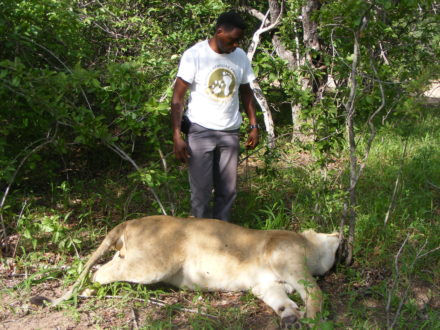
More in the public eye, perhaps, are the lions shot by trophy hunters. A global outcry followed last summer’s killing of Cecil the Lion in Zimbabwe. Several international organizations had already petitioned the US Fish and Wildlife Service (USFWS) to provide greater protection for lions under the Endangered Species Act, calling for a full ban on trophy hunting. Other organizations have called for better-managed wildlife conservation programs on the ground, ensuring that funds generated by trophy hunting are funneled back into effective community-based initiatives. A new USFWS ruling grants trophy hunting permits only for countries that have sound lion management plans in place.
Long live the King of Beasts
Numerous initiatives aim to reverse declining lion numbers in the wild. The IUCN’s Conservation Strategy for the Lion in Eastern and Southern Africa identifies 66 Lion Conservation Units (LCUs) that hold the best prospects for the species’ future.
Project Leonardo, the signature lion program of Panthera, a New York-based organization committed to saving the world’s big cats, focuses on the most viable of those LCUs. According to Dr. Paul Funston, Panthera’s Senior Lion Program Director, “Project Leonardo is utilizing proven, community conservation driven strategies to conserve the King of Africa — mitigating human-lion conflict, supporting local law enforcement teams to combat illegal hunting, stemming the indiscriminate bushmeat trade and sustainably managing legal hunting.”
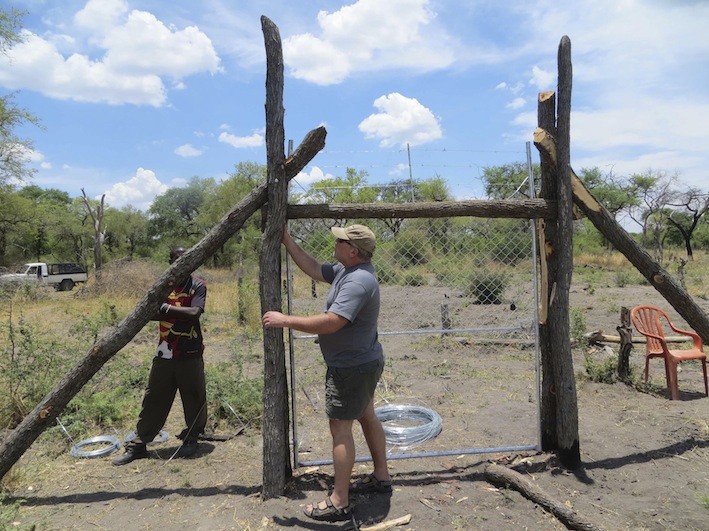
Law enforcement will determine a large part of the lion’s future. Poaching for lion body parts is on the rise. As the supply of tiger parts for illegal Asian markets declines, the demand for African lion bones and skins rises. Panthera and partner organization WildAid recently launched an international campaign aimed at reducing this demand at its source.
The largest remaining lion populations are found in East Africa, centered in the Selous Game Reserve, Ruaha National Park, and the Serengeti, each numbering between 1,000 and 4,000 animals. Southern Africa harbors lion populations of two thousand or more animals in areas such as the Okavango and the Greater Limpopo.
These regions probably hold three-quarters of all lions remaining on the African continent and are home to critically needed lion conservation projects, such as the Niassa Lion Project in Mozambique; the Ruaha Carnivore Project and the African People and Wildlife Fund in Tanzania; the African Predator Conservation Research Organization in Botswana; and the Ewaso Lion Project and Lion Guardians in Kenya. These projects enlist the help of local communities to protect the big cats, while also benefiting other threatened carnivores such as leopard, spotted hyena, cheetah and African wild dog. Funds raised by zoos and conservation organizations provide invaluable support for these initiatives.
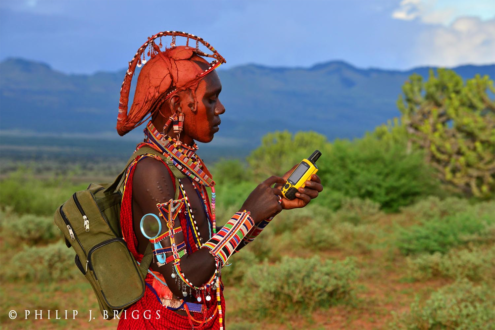
Ruaha’s Tanzania landscape holds perhaps a tenth of the world’s remaining lions. According to Dr. Amy Dickman, Director of the Ruaha Carnivore Project, “Zoos are not only our biggest financial supporters, they also contribute significant expertise, highlight the plight of lions to millions of people, and encourage those people to actively support conservation.”
For example, the Ruaha Carnivore Project recently launched the Pride Lion Conservation Alliance in partnership with the Houston Zoo. “The launch event not only raised great awareness of the need for collaborative lion conservation efforts, but over three-quarters of a million dollars in a single evening to facilitate co-existence between local people and lions, protect wildlife and reduce lion killing,” Dickman said. “Some zoos are able to generate more support for field conservation than others, but this should be a top priority for all zoos.”
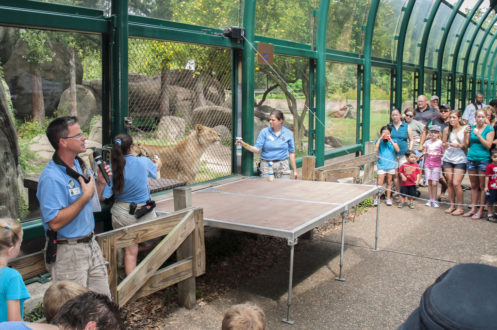
Institutions accredited by the Association of Zoos and Aquariums (AZA) maintain a sustainable lion population through carefully managed breeding programs, eliminating the need to remove any additional animals from the wild. According to Hollie Colahan, Coordinator of the African Lion SSP (Species Survival Plan), “The goal of the Lion SSP is to ensure that future generations will be able to hear a lion’s roar both at their zoo and in the wild.”
The notion of African savannas minus the King and Queen of Beasts is simply unacceptable. Sub-Saharan Africa attracts tens of millions of tourists each year, and all who go on safari expect to see lions and lionesses.
In the United States, as many as 180 million people will visit an AZA-accredited zoo this year, most expecting to see a lion. They may be unaware that the first opportunity to do so occurred 300 hundred years at a private home in south Boston, but they should walk away confident that their zoo visit contributes to the future of wild lions in Africa for decades to come.
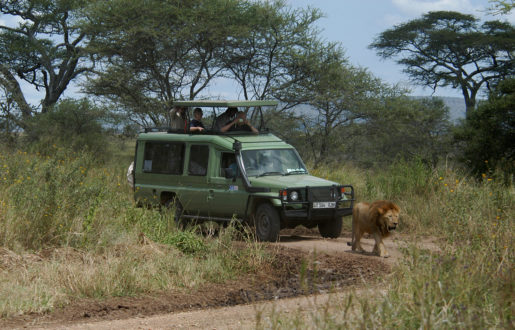
This article was first published by Mongabay.com on 15 Jul 2016.
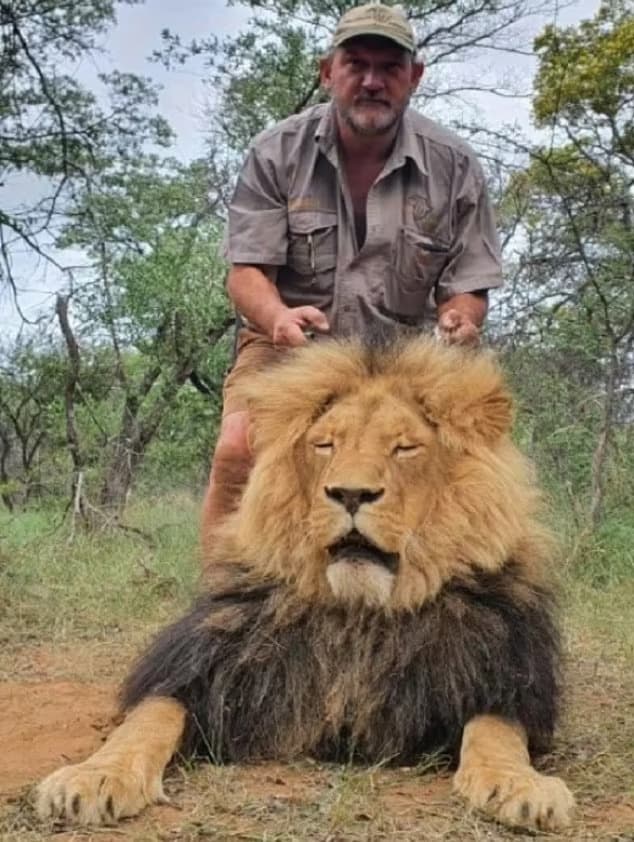
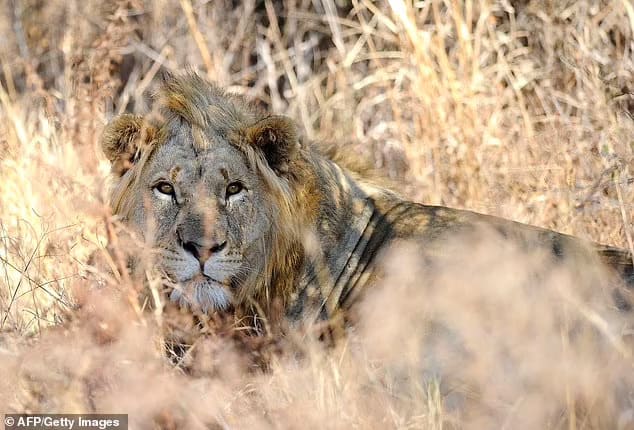
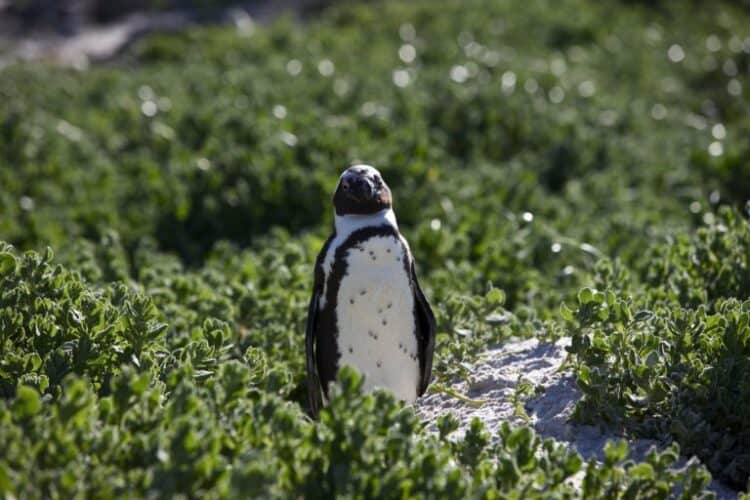
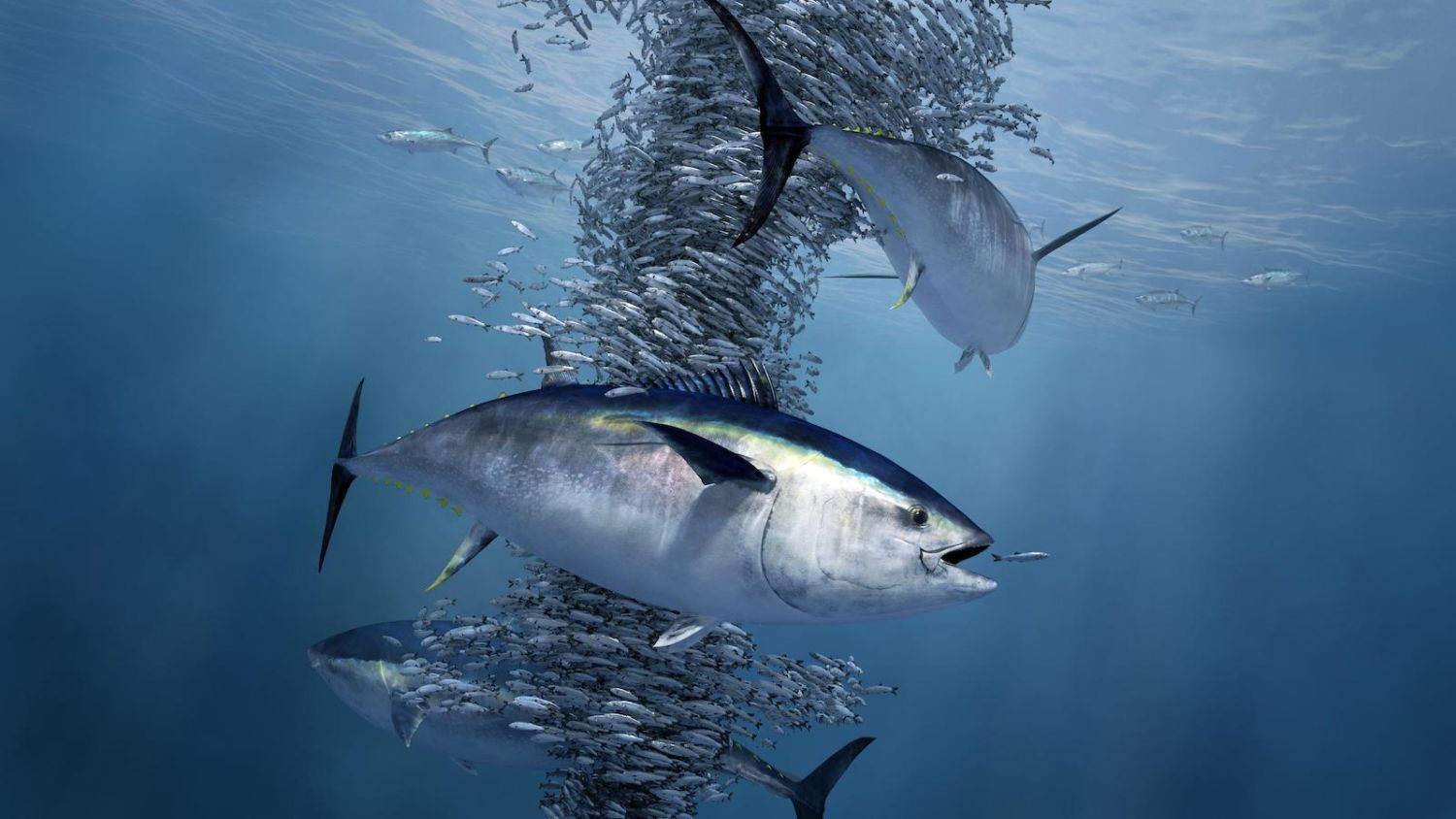


Leave a Reply